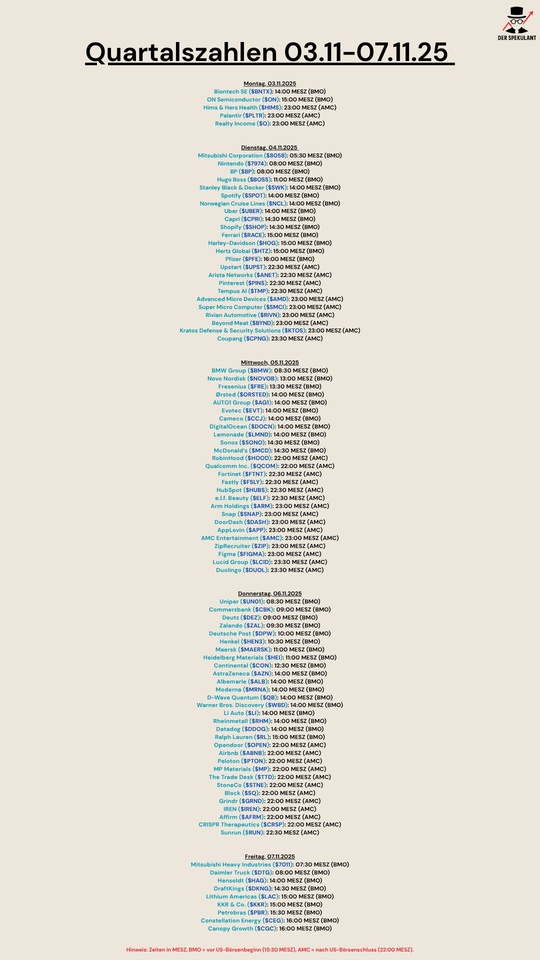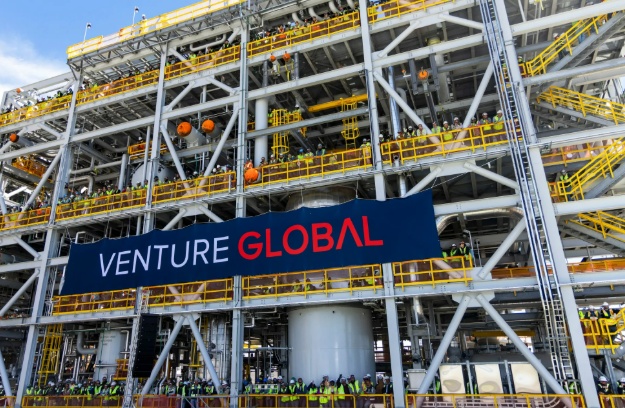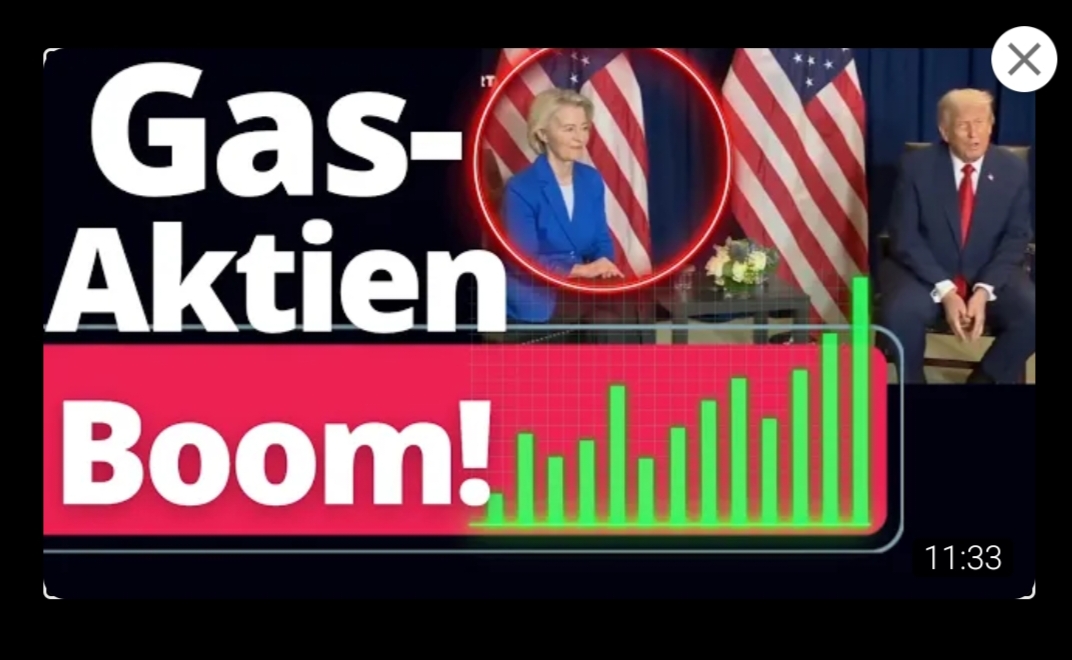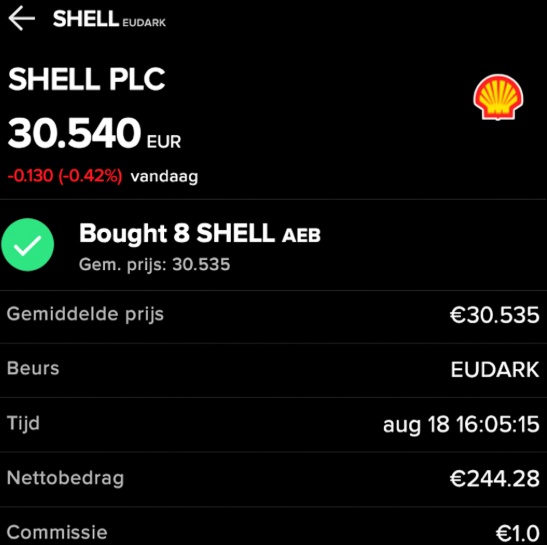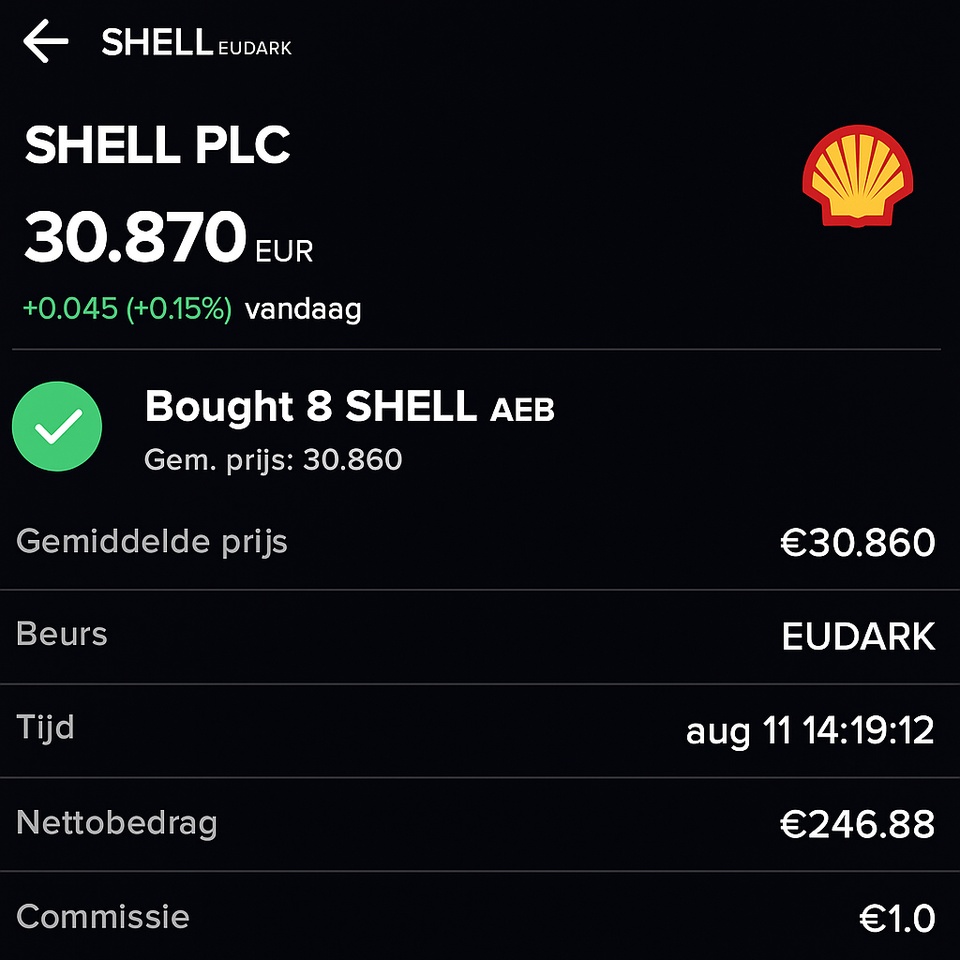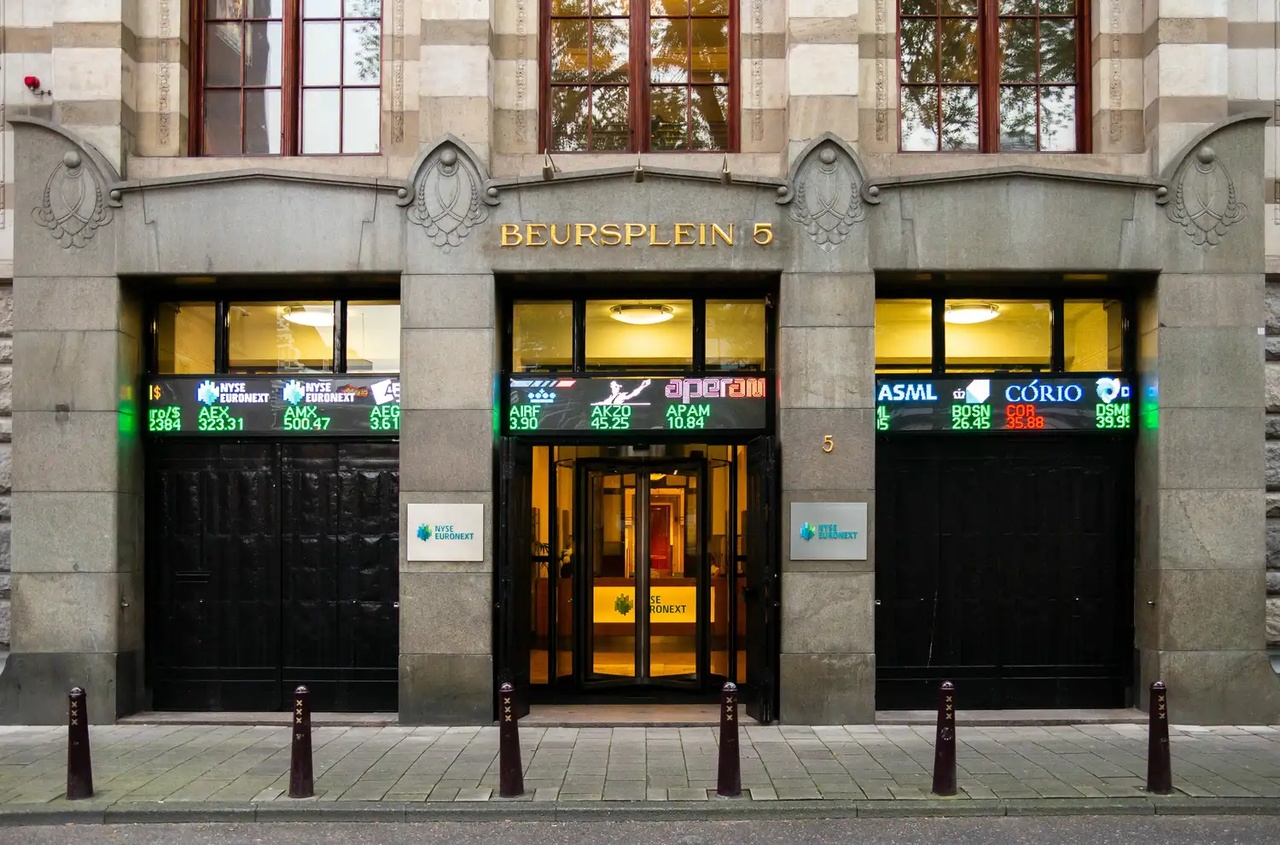$BP. (-2,9%) has won its arbitration case against $VG (-2,98%) after the US supplier failed to deliver liquefied natural gas (LNG) under a long-term contract that was due to start at the end of 2022. This was announced by Venture Global on Thursday.
According to Venture Global, the International Court of Arbitration of the International Chamber of Commerce found in an official notice that the company had breached its obligations to declare the start of commercial operation of the Calcasieu Pass facility on time and to act as a "reasonable and prudent operator".
The ruling in favor of BP contrasts with a decision in August in which Venture Global prevailed in a similar appeal by Shell. It was initially unclear why the two proceedings led to different outcomes. BP is seeking damages in excess of 1 billion US dollars plus interest, costs and legal fees.
The company is disappointed with the arbitral tribunal's decision in the BP case, which Venture Global believes contradicts the key findings in the previous arbitration with Shell," Venture Global said in the statement.
Venture Global's shares fell more than 10% in after-hours trading, reducing the company's market capitalization by nearly $3.3 billion.
HEARING ON THE AMOUNT OF DAMAGES NEXT YEAR
A separate hearing is planned for 2026 to determine the extent of the damages that the US operator must pay to BP. According to Venture Global, the sum could exceed the upper limit for claims from BP and other customers set out in the original sales agreement.
BP said it was satisfied with the outcome of this phase of the arbitration and looked forward to Venture Global determining the amount of compensation for breach of contract.
Venture Global said it is exploring all available options in response to the ruling and will continue to vigorously defend its position.
On Thursday, the company also reported that a settlement had been reached with another Calcasieu Pass customer that had also filed for arbitration, without naming the company.
This settlement has no material impact on Venture Global, the statement said.
Other companies, including Edison and Galp, have also filed claims against Venture Global. They accuse the company of profiting from spot sales of LNG following Russia's invasion of Ukraine in 2022 instead of delivering previously contracted LNG supplies from the Calcasieu Pass export facility in Louisiana at significantly lower prices.
Throughout the dispute, Venture Global argued that it was entitled to the spot sales after the official start of commercial operations was delayed due to a faulty power island.
The company commenced official commercial operations at Calcasieu Pass in April 2025 and has since realized significantly lower prices by selling LNG to BP and other customers under the terms of the contract.
Venture Global's average revenues fell by around 70% in the second quarter compared to the first quarter following the start of the long-term supply contracts and the halt to the controversial spot sales. In the same period, the relevant Dutch gas price index TTF, on which the prices for most LNG cargoes sold by Venture Global in Europe are based, fell by 24%.



